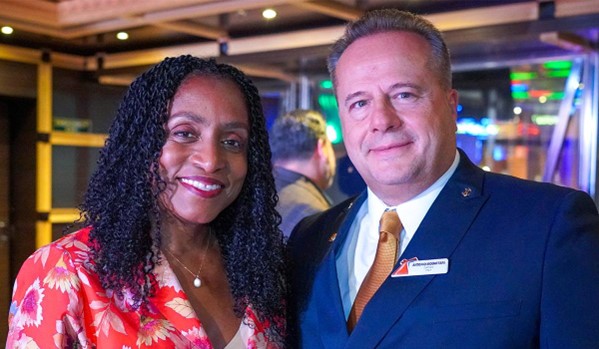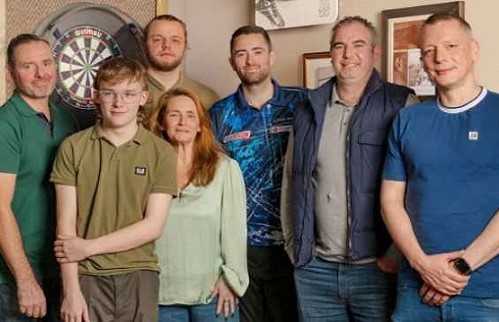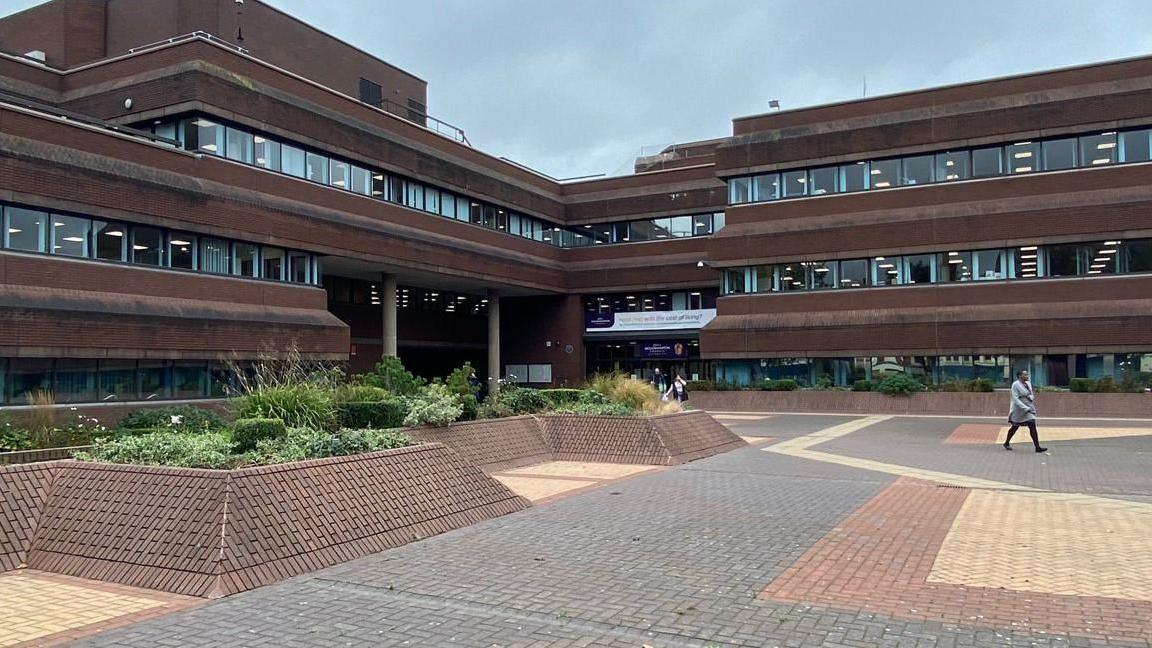Some people are born with prominent ears, which protrude from the side of the head. The misery it can cause is not just a schoolyard problem. The torment and teasing can last a lifetime and for adults it can lead to loss of confidence and self-esteem.
The average adult ear protrudes 19mm from the side of the head. Prominent ears affect around 5% of the population, but many more people, both children and adults are concerned about smaller degrees of prominence and seek corrective solutions. *
A surgical procedure known as Pinnaplasty, or ear pinning, can correct the ear prominence giving a natural, normal ear appearance. Performed under local or general anaesthetic it corrects the ears' prominence in around one to one and a half hours and patients can often leave hospital the same day.
Hakam Albakri, 26, an architectural graduate from Huddersfield was teased by other children at school for many years. “I had prominent ears from birth and became acutely aware of it at around five years old when I started school,” said Hakam. “It bothered me and children taunted me about it but my parents were not aware at that time that surgery was available to fix the problem.”
“The angle of protrusion got worse as I got older and during the last five years it got progressively worse. I could never get a really short haircut as it made them really noticeable,” he added.
It was not just the appearance of Hakam's ears that caused problems. “It was very uncomfortable sleeping on my side. On a practical level, it caused problems in my work where I use a phone headset, it was difficult keeping it in place and the pressure on the ears could be quite painful. Also in cold weather because they were not close to my head they would get really red and painful and I had to wear a hat.”
Last year Hakam heard about the Pinnaplasty procedure and carried out some research to find out more. He chose to have the surgery done by Mr. Christopher Fenn, consultant cosmetic, plastic and reconstructive surgeon at Spire Leeds Hospital. Hakam said, “Mr. Fenn has had many years of experience with this procedure and when I visited him for a consultation I quickly realised he was the man for the job.”
Hakam had the procedure at Spire Leeds Hospital in January 2015 and went home later the same day.
Mr. Fenn described the surgical procedure, “I reshaped the ear cartilage to obtain a natural look with a well-defined ridge running down the length of the ear. This effectively folds back the ear to a more natural position. A cut is made in the back of the ear, which remains well hidden behind the newly shaped ear. A simple, pull-out suture (stitch) was used to close the skin, which easily slides out on suture removal. Following the surgery a head bandage is used for one week to protect and mold the newly shaped ears and I often advise patients to use a sweat band or skiing headband at night for a period of three weeks after surgery.”
“I'm really happy with the results,” said Hakam. “Now my ears lay flat to my head and I don't get any pain at all. It was a little uncomfortable sleeping with a head wrap bandage for the first few weeks after surgery but that was it. It was well worth it and I would highly recommend it to anyone considering having the surgery.”
Mr. Fenn added, “Many people dislike their ears and improving their appearance can be life-changing. Ideally, Pinnaplasty is recommended to be performed in childhood at the age of five and six years of age before teasing can potentially impact on child development. In cosmetic surgery you commonly see these patients in late teenager years or as young adults. They are often very self-conscious of the deformity and in some cases have suffered through a fair amount of teasing which can make them quite self-aware and impact on self-confidence.”
















